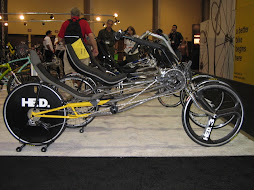
Yesterday I was riding a JR train, and in front of me was a map of the JR lines. To pass the time, I counted how many lines there were and was amazed to find that there are no less than thirty six (36) different Japan Rail train lines in the Tokyo area. Now that is just the lines owned and operated by East Japan Rail. After switching to the subway for the last leg of my return journey home, I counted the subways. There are also fourteen (14) subway lines (private and public) that crisscross Tokyo. Now that is a round FIFTY (50) DIFFERENT TRAIN LINES in just the Tokyo area! Next time when I have a LONG train ride I might even count the number of stations, but at a very conservative 15 stations per line that is no less than 750 train stations just in Tokyo. Absolutely incredible!
Now Tokyo has its own transport problems - not least of them being the fact that it actually lets motor vehicles into the city for free despite all this public trasport, that it does not have any bicycle sharing program and that people are brought up to give cars right of way everywhere and in every situation. But despite all of this, public transport in Tokyo wins hands down on both convenience and cost - not to mention all the knock-on improvements in individual health and sense of community that use of public transport bring at a societal level.
All this made me think just how much infrastructure development work other cities around the world have ahead of them if they really want to improve public transport to a level that makes it compete favorably on convenience. New York, Sydney, London - man, oh man you guys have a LOT of work to do.






